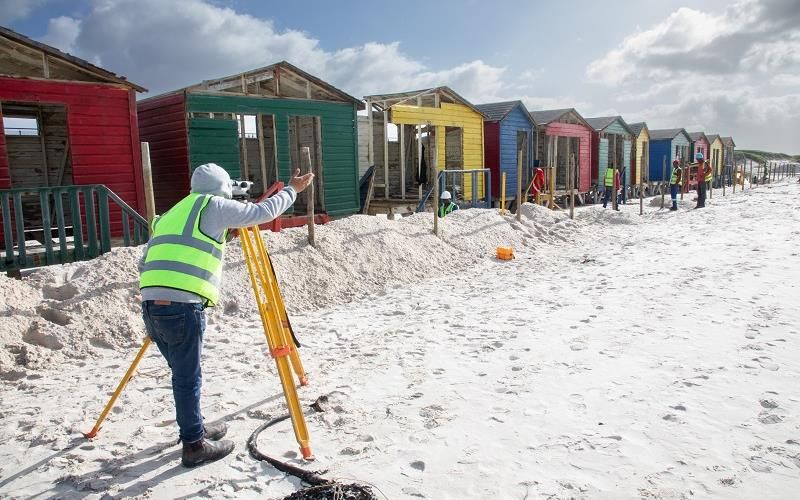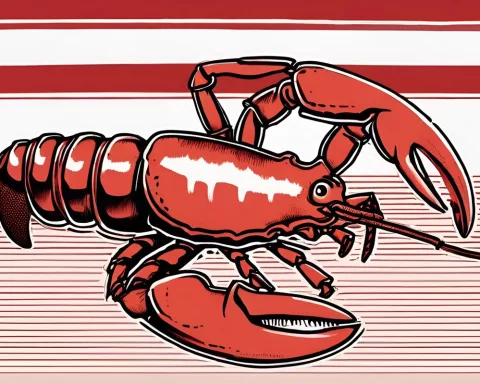Preserving a Symbol of Local Charm and Cultural History
Along the bustling shoreline of Cape Town, the Muizenberg Beach huts have long represented a sense of local pride and cultural significance. With their captivating and welcoming colors, these huts have become a crucial part of the area’s history, attracting both tourists and locals. The City of Cape Town, in collaboration with the Friends of the Muizenberg Huts, has initiated an ambitious restoration project to revitalize these architectural treasures, ensuring their preservation for future generations to enjoy.
The second phase of the Muizenberg Huts Refurbishment Project launched in September 2023 and aims to wrap up by late November. This effort follows the successful completion of Phase 1, which revitalized the beach huts at Surfers Corner. Supervised by the Recreation and Parks Department and supported by the Corporate Project Programme and Portfolio Management Department, Phase 2 concentrates on the restoration of the beach huts at Muizenberg East Beach Side, a project valued at R5.9 million.
Cape Town Mayor Geordin Hill-Lewis expressed enthusiasm for the project, stressing the need to conserve the iconic Muizenberg huts as a tribute to the area’s abundant cultural and historical legacy. The collaboration with Friends of the Muizenberg Huts aspires to develop a sustainable and lively beachfront destination for residents and visitors, achieved through considerate design and community involvement.
Comprehensive Renovation of the Beach Huts
The second phase of the restoration project entails the remodeling of 26 double huts and 10 single huts. Construction work began on September 18, with the refurbishment covering a range of aspects, such as:
- Replacing ground floor joists, timber bearers, and roof rafters with treated timber
- Revamping sidewall panels and roof coverings with Nutec cladding
- Reconstructing the timber staircase and installing concrete bases for staircase posts
- Rebuilding timber seating benches inside the beach huts
- Replacing timber floorboards and timber doors
- Exchanging all steel bolted connections with hot-dipped galvanized bolts and plates
- Treating wood on all timber members, and repainting side cladding and roof coverings
Upon completion, all Muizenberg Beach huts will exhibit a fully renovated appearance. The City of Cape Town values the ongoing cooperation of the Friends of the Muizenberg Huts, who work alongside the Recreation and Parks Department to maintain and manage these iconic landmarks. The Friends group has even obtained a donation of Everite cladding to assist the project.
A Shared Responsibility to Protect the Huts
Nonetheless, the responsibility of preserving these beloved huts extends to the general public. As Councillor Patricia Van der Ross, Mayoral Committee Member for Community Services and Health, emphasizes, the community must handle these huts with care and contribute to their upkeep, ensuring they remain a distinctive and long-lasting feature of Cape Town’s coastline.
The restoration of the Muizenberg Beach huts illustrates the potential of collaboration between local government, community organizations, and the public. By working collectively, they are not only conserving a cultural symbol but also enriching the city’s beachfront experience for future generations. This project highlights the significance of protecting our shared heritage and the remarkable outcomes that can result from unity and a shared goal. The Muizenberg Beach huts, invigorated with renewed vibrancy, stand as a testament to the commitment and enthusiasm of the entire community and will continue to adorn the Cape Town shoreline for years to come.












